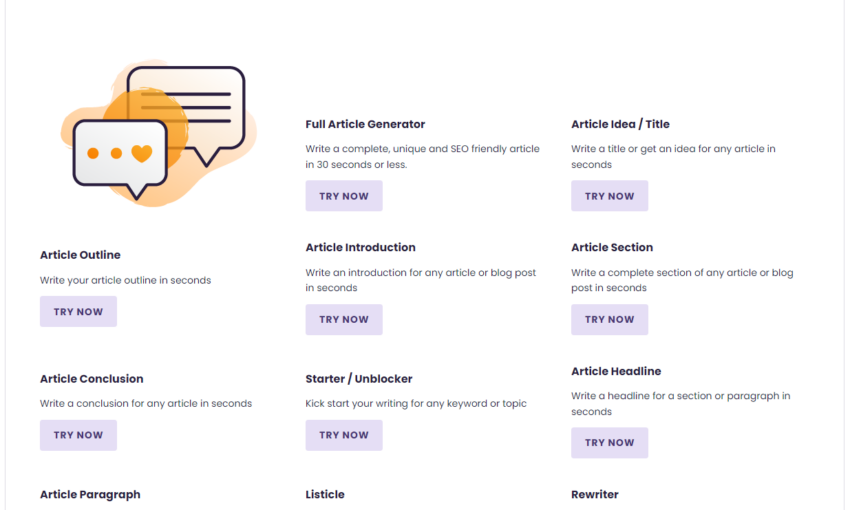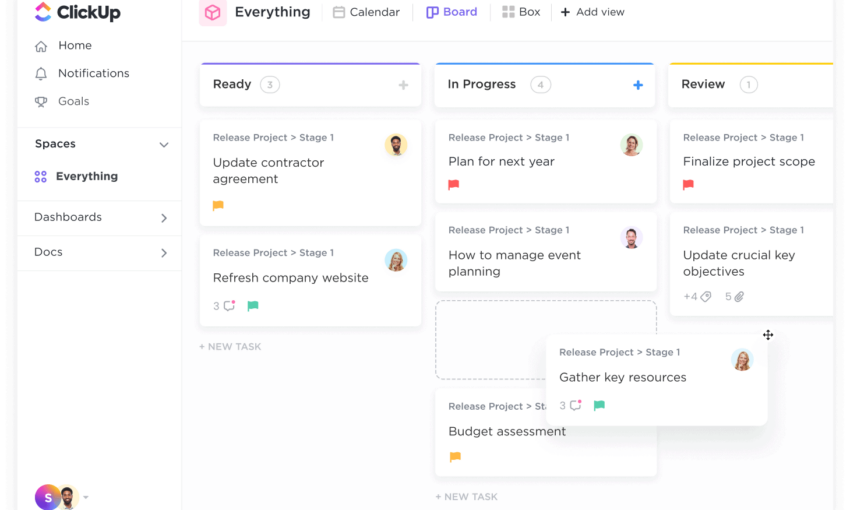When I first started freelancing many years ago, I found myself working at all hours of the day (and night), trying to stay on top of everything and keep my clients happy. It took me a while to learn the dramatic differences between working for an agency and working for my own clients. If only someone had brought up the idea of training your clients to work with you in the way that YOU want to work, rather than going to extravagant lengths to fit into each individual client’s requirements and desires.
Which is why I am writing this. Whether you are new to freelancing or have been doing it for years, you will always need to understand the importance of training your clients if you want to maintain your sanity and run a successful business. The old adage that the customer is always right is incorrect, at least in the freelancing context. While you need to keep your clients satisfied, you simply cannot let them determine your processes, the hours of your availability, and other important elements that impact how you produce quality products.
In this article, we’ll take a look at some of the important tips for training your clients that I have learned over the years, and how taking these steps will positively and significantly impact your freelance business.
The Freelance Designer Toolbox
Unlimited Downloads: 500,000+ Web Templates, Icon Sets, Themes & Design Assets
All starting at only $16.50 per month

Communicate, Communicate, and Then Communicate Some More
The primary tool in training your clients is clear and constant communication. Making sure you communicate everything about how you operate to clients before they have even hired you is key to starting the work relationship off on the right foot. It is also important that everything you have communicated is in writing as well, so you have something to go back to should the need arise to show your clients that you have discussed something previously. So if you communicate via phone, video chat, or some other unwritten method, you should always follow up with a written recap via email for both your records and your client’s.
In order to be sure we have a mutual understanding, I often employ the “drive-thru” method of communication, in which I ask the client to repeat back to me their understanding of what I’ve said to make sure we are on the same page, especially on important points we must agree upon.
In my book, there is no such thing as over communication (unless, of course, you take it to the extreme of annoying your clients). Making sure your clients are always in the loop of what and how things are going will ensure you control the process and keep them satisfied along the way. It should also keep them from feeling like they have to check in with you.

Establish Your Business Hours
Early on in my freelancing years I learned that most clients hiring freelancers expected them to be available at all times, day and night. I would receive emails or phone calls from clients at odd hours and on weekends, with follow-ups (sometimes frustrated or annoyed) if I did not respond within what they deemed was a timely manner. The best way I learned to keep this from happening was to make sure all clients had a clear understanding of when I would be working and available, and when I would not.
Establishing your business hours and communicating them to your client will easily be one of the most important things you can do in training your clients to work with you. Make sure they understand that if they try to communicate with you on the weekend, they will not receive a response until Monday morning, for example. Explain up front the exact hours that you work in order to avoid any confusion or cause any frustration on their end. Help them to understand you are just like any other business in regards to times you are “open” and “closed”.

Define Your Process
In opening discussions with a potential client, I’ve learned to make sure they understand the process I will be taking them through, step by step, start to finish. For example, I tell a web design client exactly how the mockup phase of the project will go, and an estimate of how long it will take, followed by the same in regards to the development phase. I explain the payment requirements. I do everything I can to make sure they have complete clarity about a process they either have never had experience with before, or, if they have, is likely different than their previous experience in some ways.
This step ties in with the first one – communication. In fact, all three steps are closely linked. Establishing and keeping lines of communication open throughout your project will always benefit you and your client. Controlling those lines of communication will allow you to steer your clients and their projects toward successful completion.
Start Implementing These Steps Today
If you aren’t already, you can easily start using the tips I’ve shared right away.in your freelance business. Whether it’s web design, graphic design, writing – whatever your business is – you and your clients will greatly benefit. Start training your clients and I am confident you will see the improvements immediately.
For more articles and tips on freelancing, be sure to check out our collection here.
All photos courtesy of ShotStash.com
This post may contain affiliate links. See our disclosure about affiliate links here.




